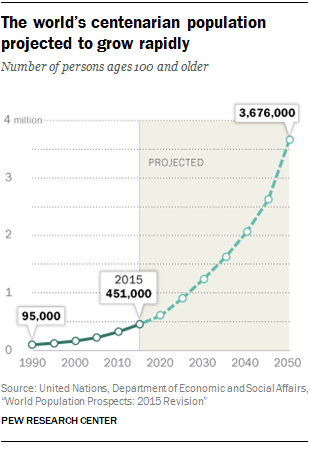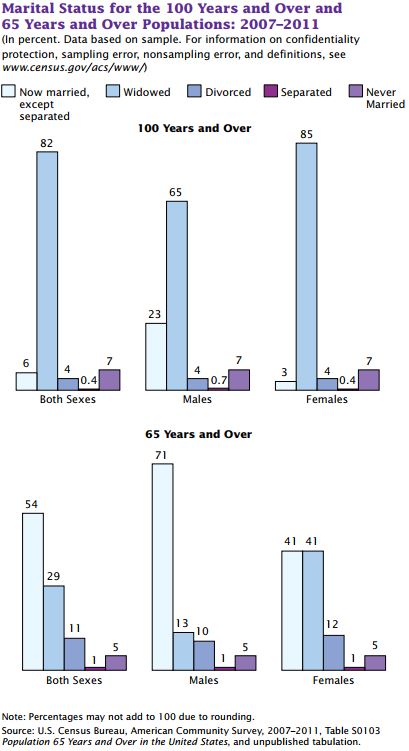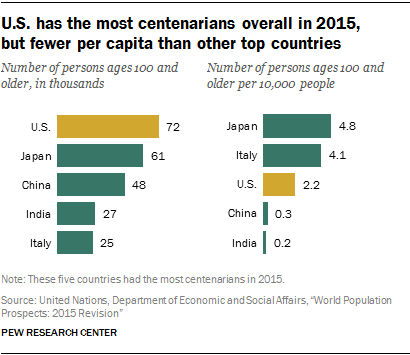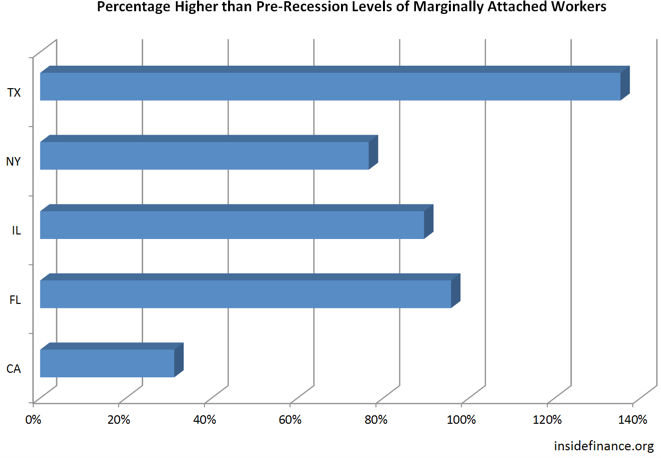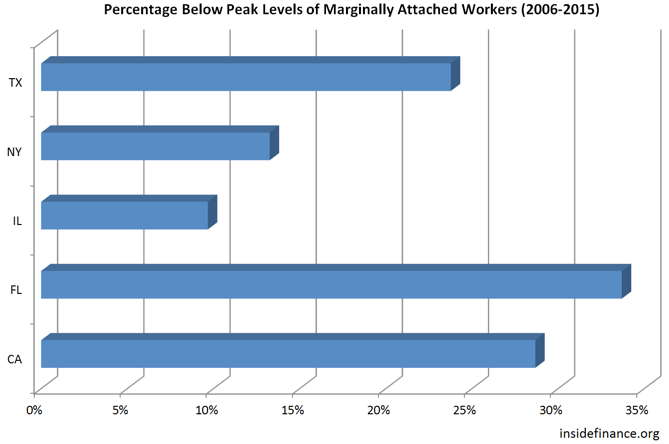The International Institute of Forecasters facilitated a very interesting discussion in the form of two scholarly blog posts – COVID-19: Ioannidis vs. Taleb, Learning from the positions of Nassim N. Taleb and John P. Ioannidis in the COVID-19 debate. The idea of this match up of differing views from such profound thinkers is literally brilliant. The setting is what may be the closest thing we have seen of an old fashioned discourse. Pardon me for being old fashioned but actual, respectful dialogue and discourse is what is desperately needed in our present time and has been missing for decades. How much more do we need such a thing in an age where many of our national and international challenges have taken on a complexity due to the natural order of progress, technology and globalization. From the introduction page:
“Two…voices have been highly visible in the public debate, with seemingly diverging opinions. I am thinking here of John P. Ioannidis and Nassim N. Taleb (arguably two of the greatest living thinkers) holding opposing views about how to deal with the present pandemic and its potentially destructive consequences.
…Nassim N. Taleb believes that all efforts and resources should be directed to halt its spread and reduce the number of infected and deaths without any concern about forecasting its future course as the uncertainty of doing so cannot be measured and the risks involved are highly asymmetric. John P. Ioannidis, on the other hand, claims that more reliable information is needed to make multiple billion-dollar decisions and that forecasting has failed us by being too pessimistic about the future growth of the pandemic and by exaggerating its negative effects.
…This debate will not only allow us to better understand the points of view of the two great thinkers but be also left as a guide for how to deal with future pandemics.”
I would only take issue with the comment, billion-dollar decisions, since we are already well north of multi-trillion dollar decisions. Of the two positions, Taleb remains consistent with his central theme for more than a decade, namely, the profound consequences of risk versus upside benefits, and this is only amplified in pandemics, where he states they “represent existential risk.” In other words, survive now:
“Science is a procedure to update knowledge; it can be wrong provided it produces interesting discussions that lead to more discoveries…for matters that have systemic effects and/or entail survival, the asymmetry is even more pronounced.”
Ioannidis, on the other hand, has been one of the few critics of our nation and the world being put on “horror-alert,” with models that he states have:
“Failed when they used more speculation and theoretical assumptions and tried to predict long-term outcomes, e.g. using early SIR-based models to predict what would happen in the entire season.”
One note that I frequently see as both a criticism and straw man argument against Ioannidis that is worth mentioning: he is clearly not saying to do nothing, or that COVID-19 is trivial. He opens his post with the following, “COVID-19 is a major acute crisis with unpredictable consequences.” Later he and his colleagues state, “a doomsday forecast may come handy to protect civilization, when and if calamity hits. However, even then, we have little evidence that aggressive measures which focus only on few dimensions of impact actually reduce death toll and do more good than harm.” See introductory post here, Taleb here, Ioannidis here.

